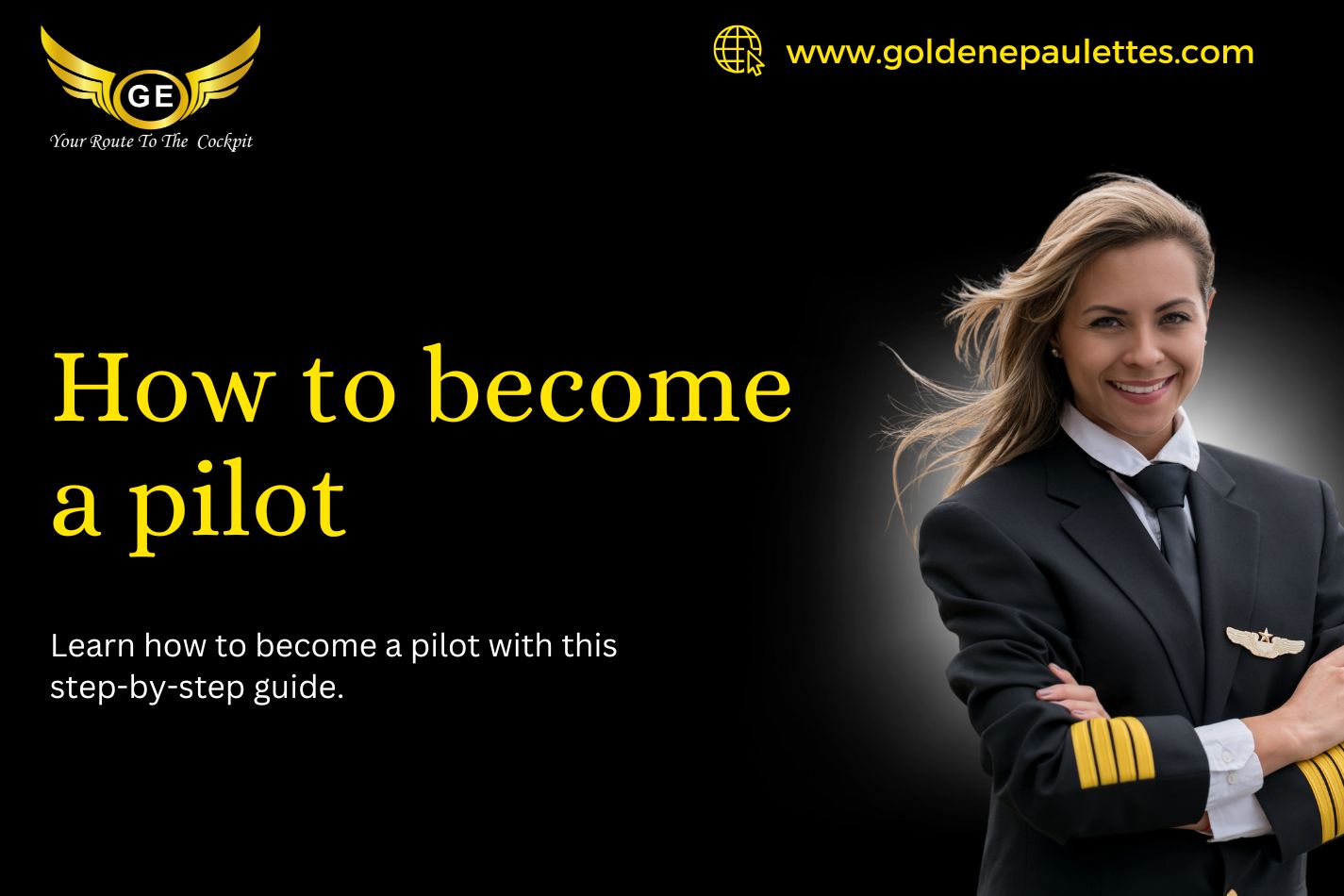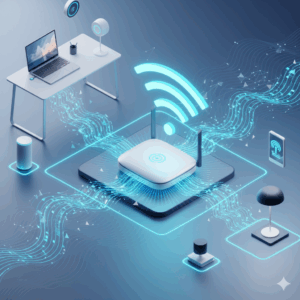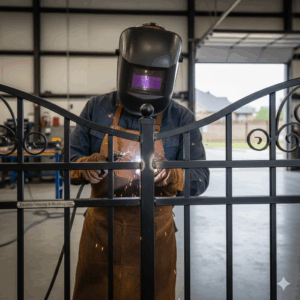How to Get Type-Rated for Commercial Aircraft
If you aspire to become a professional airline pilot, getting a type rating is a crucial step in your journey. A type rating is a certification that allows pilots to operate specific aircraft models, such as the Boeing 737, Airbus A320, or other large commercial jets. This specialized training goes beyond the standard pilot licenses and ensures that you have the required skills to handle complex aircraft systems.
For those wondering howtobecomepilot, type rating is an essential part of the advanced training process. In this guide, we’ll explore everything you need to know about obtaining a type rating, including the requirements, training process, costs, and career benefits.
What is a Type Rating?
A type rating is an additional certification on your pilot license that allows you to operate a specific aircraft type. The International Civil Aviation Organization (ICAO) and aviation authorities like the DGCA (India), FAA (USA), and EASA (Europe) require type ratings for large, complex aircraft that demand advanced training beyond the basic commercial pilot license (CPL).
For example:
- Boeing 737 Type Rating
- Airbus A320 Type Rating
- Boeing 777 Type Rating
- Embraer E-Jet Type Rating
Why is a Type Rating Important?
- Allows pilots to fly commercial jets for airlines
- Provides in-depth training on aircraft systems, performance, and emergency procedures
- Enhances job prospects with airlines
- Required by regulatory authorities for commercial aircraft operation
Eligibility Criteria for Type Rating
Before enrolling in a type rating course, you must meet the following prerequisites:
1. Hold a Valid Commercial Pilot License (CPL)
- You must already have a CPL issued by an aviation authority like DGCA (India), FAA, or EASA.
- A valid Instrument Rating (IR) is required.
2. Meet Medical Fitness Requirements
- A valid Class 1 Medical Certificate is necessary to ensure fitness for airline operations.
- Vision and overall health should meet aviation standards.
3. Minimum Flying Experience
- Some airlines require Multi-Engine Rating (MER) before type rating.
- Flying hours requirement varies by airline, but most pilots complete 200+ hours before type rating.
4. English Language Proficiency
- Pilots must have a Level 4 or higher English proficiency rating under ICAO standards for international flight operations.
How to Get a Type Rating: Step-by-Step Guide
Step 1: Choose an Aircraft Type
The first step is to decide which aircraft you want to get rated on. This depends on:
- The airline you aim to work for
- Industry demand (Airbus A320 and Boeing 737 are highly popular choices)
- Your long-term career goals
Step 2: Select a DGCA/FAA/EASA-Approved Training Center
Type rating programs are conducted at approved flight training organizations (FTOs) worldwide. Some of the well-known type rating centers include:
- CAE (Canada, Dubai, India)
- FlightSafety International (USA)
- L3Harris Airline Academy (UK, USA)
- Airbus Training Centers (Worldwide)
- Boeing Training Centers (Worldwide)
Step 3: Ground School Training
Before flying the aircraft, pilots undergo theoretical training in:
- Aircraft systems (engines, hydraulics, electrical, avionics, etc.)
- Flight performance and limitations
- Emergency procedures and troubleshooting
- Airline operational procedures
- Crew Resource Management (CRM) for teamwork in the cockpit
This phase typically lasts 3-6 weeks, depending on the training provider.
Step 4: Simulator Training
Pilots then move to Full Flight Simulators (FFS) to practice real-world flight scenarios. This includes:
- Normal and abnormal flight procedures
- Engine failure training
- Emergency landings and system failures
- Instrument approaches and auto-flight systems
Simulators provide a realistic cockpit experience and help pilots gain confidence before flying the actual aircraft.
Step 5: Base Training (Actual Aircraft Flight)
After simulator sessions, pilots must complete 6-10 takeoffs and landings in the actual aircraft. This phase is called Base Training and is supervised by airline examiners.
Step 6: Type Rating Skill Test
To complete the type rating, pilots must pass a skill test conducted by an aviation authority examiner. The test includes:
- Handling emergencies and technical failures
- Normal and abnormal procedures
- Decision-making skills in flight
- Mastery of aircraft systems
Upon successful completion, the type rating endorsement is added to the pilot’s license.
Cost of Type Rating
Type rating is a significant financial investment, and costs vary based on location and aircraft type. Here’s an estimated breakdown:
| Aircraft Type | Cost in INR | Cost in USD |
|---|---|---|
| Airbus A320 | ₹20-35 lakh | $25,000-$45,000 |
| Boeing 737 | ₹25-40 lakh | $30,000-$50,000 |
| Boeing 777 | ₹35-50 lakh | $40,000-$60,000 |
| Embraer E-Jet | ₹18-30 lakh | $22,000-$38,000 |
Costs may include:
- Ground school training
- Simulator sessions
- Base training
- Examination fees
How to Finance Type Rating Training
Since type rating is expensive, many pilots explore financing options, including:
- Education loans from banks (HDFC, SBI, Axis, etc.)
- Airline-sponsored programs
- Scholarships and aviation grants
- Working as a flight instructor before enrolling
Career Opportunities After Type Rating
Once you complete your type rating,howtobecomepilot you can apply for First Officer positions with airlines. Popular airlines hiring type-rated pilots include:
- IndiGo, Air India, Akasa Air, SpiceJet, Go First (India)
- Emirates, Qatar Airways, Etihad Airways (Middle East)
- United Airlines, Delta Airlines, American Airlines (USA)
- Lufthansa, British Airways, Air France (Europe)
Advantages of Being Type-Rated
- Increases your chances of being hired by airlines
- Higher salary opportunities
- Makes you a more competitive candidate in the job market
- Opportunity to fly advanced commercial aircraft
Conclusion
For aspiring pilots, obtaining a type rating is a significant milestone in the journey of howtobecomepilot. It is a crucial step that provides in-depth knowledge, hands-on experience, and real-world flying exposure on commercial aircraft. While the cost of type rating may seem high, the career rewards and earning potential make it a worthwhile investment.
If your dream is to fly for a major airline, start planning your type rating journey today. Choose the right training program, explore financing options, and prepare yourself for an exciting and rewarding career in aviation!









